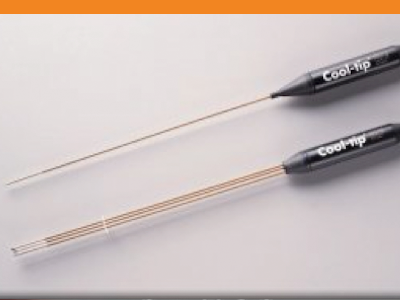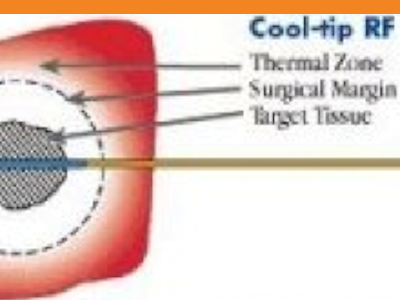DUKE INTERVENTIONAL RADIOLOGY: SAFE AND EFFECTIVE
WHAT IS PERCUTANEOUS ABLATION?
Percutaneous ablation is a relatively new procedure whereby small probes are passed through the skin into tumors which are then either heated or cooled. When the tissue around the probe tip reaches the appropriate heated or cooled temperature, the cells will then break apart and die.

Currently there are three percutaneous techniques available at Duke University Medical Center:
- Radiofrequency (RF) Ablation
- Microwave (MW) Ablation
- Cryoablation
Radiofrequency and Microwave Ablation use heat therapy to destroy the tumor while Cryoablation uses ice therapy. The choice of RF, MW, or Cryoablation is determined by several different factors, including the size and location of the tumor. These procedures are particularly advantageous for treating tumors localized to the kidney, liver, lung, and adrenal glands. Since RF, MW, and Cryoablation kill both the tumor and the non-tumor cells, the goal is to place the probe(s) so that all of the tumor plus the adequate “rim” of non-tumorous tissue around it is destroyed, thereby minimizing local tumor recurrence.
These procedures are usually performed by placing one or more probes through small incisions in the skin using an ultrasound (US) and/or CT scanner to guide the tip into the tumor.
TO SCHEDULE AN APPOINTMENT
If you interested in a consultation concerning whether or not you are a candidate—
For a Radiofrequency, Microwave, or Cryoablation in the bone, kidney, or liver, please contact
Melissa Hall, Adult Nurse Practitioner at (919) 681-5261
For lung ablations, please contact the CT Interventional Facilitator at (919) 684-7719
Our mailing address is:
Duke University Medical Center
Department of Radiology
2301 Erwin Road
Box 3808
Durham, NC 27710


